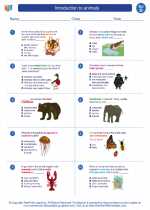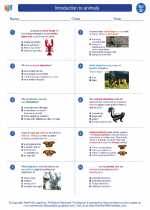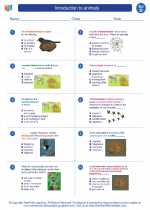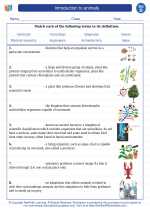Maintenance
Maintenance is the process of preserving or restoring an object or system to a state of good repair or efficiency. It involves regular upkeep, inspections, repairs, and servicing to ensure that the object or system functions properly and lasts for its intended lifespan.
Types of Maintenance
- Preventive Maintenance: This type of maintenance involves regular inspection and servicing of an object or system to prevent potential issues and extend its lifespan.
- Corrective Maintenance: Also known as reactive maintenance, it involves repairing or restoring an object or system after a failure or malfunction has occurred.
- Predictive Maintenance: This type of maintenance uses data and analytics to predict when maintenance should be performed based on the condition of the object or system.
- Proactive Maintenance: Proactive maintenance aims to identify and address potential issues before they lead to a breakdown or failure.
Importance of Maintenance
Maintenance is crucial for the following reasons:
- Ensuring safety and reliability
- Preventing costly repairs and replacements
- Maximizing the lifespan of objects and systems
- Reducing downtime and disruptions in operations
- Complying with regulations and standards
Study Guide
To study and understand the concept of maintenance, consider the following key points:
- Define maintenance and its importance.
- Identify the different types of maintenance and their purposes.
- Discuss real-life examples of maintenance in various industries (e.g., automotive, manufacturing, facilities management).
- Explore the role of technology in modern maintenance practices (e.g., predictive maintenance using sensors and data analysis).
- Explain the steps involved in creating a maintenance plan for a specific object or system.
- Discuss the potential impact of inadequate maintenance on safety, efficiency, and costs.
By understanding the principles and practices of maintenance, you will be able to appreciate its significance in ensuring the proper functioning and longevity of objects and systems in various domains.
.◂Science Worksheets and Study Guides Fourth Grade. Introduction to animals
Study Guide Introduction to animals
Introduction to animals  Worksheet/Answer key
Worksheet/Answer key Introduction to animals
Introduction to animals  Worksheet/Answer key
Worksheet/Answer key Introduction to animals
Introduction to animals  Worksheet/Answer key
Worksheet/Answer key Introduction to animals
Introduction to animals  Vocabulary/Answer key
Vocabulary/Answer key Introduction to animals
Introduction to animals  Vocabulary/Answer key
Vocabulary/Answer key Introduction to animals
Introduction to animals  Vocabulary/Answer key
Vocabulary/Answer key Introduction to animals
Introduction to animals  Vocabulary/Answer key
Vocabulary/Answer key Introduction to animals
Introduction to animals 

 Worksheet/Answer key
Worksheet/Answer key
 Worksheet/Answer key
Worksheet/Answer key
 Worksheet/Answer key
Worksheet/Answer key
 Vocabulary/Answer key
Vocabulary/Answer key
 Vocabulary/Answer key
Vocabulary/Answer key
 Vocabulary/Answer key
Vocabulary/Answer key
 Vocabulary/Answer key
Vocabulary/Answer key

The resources above cover the following skills:
Concepts of Life Science (SC1, SC2, SC3)
The student demonstrates an understanding of how science explains changes in life forms over time, including genetics, heredity, the process of natural selection and biological evolution by showing the relationship between physical characteristics of Alaskan organisms and the environment in which they live.